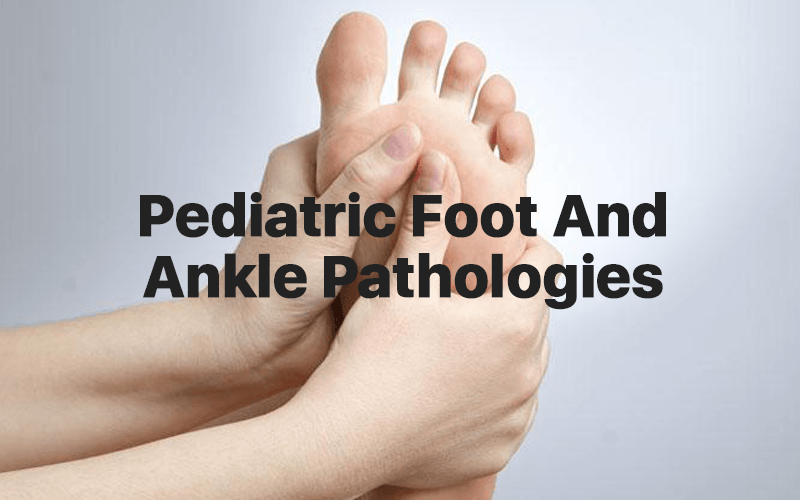Pediatric Foot And Ankle Pathologies

Pediatric injuries (or traumas) is prevailing day by day in young children. Because of their sundry nature in their origins, severity, and drastic effects on children, they are treated after proper diagnosis by a health care provider.
Heel Pain
If your child constantly complains about heel pain with an inflamed back of the foot or ankle, and the condition gets really invasive leading up to a condition where they start limping or walking on their toes then a visit to the doctor becomes necessary. For such a condition, the pediatric foot radiographs may be necessary. These radiographs provide you a confirmation of the injury, usually cases like these lead to Achilles tendinitis or Sever’s disease. Children with such ankle and foot injuries cannot get involved in any chore or leisure activity that requires physical exertion like competitive sports training schedules.
Treating such unpredicted aches is decisively important but one should also figure out the recurring causes of pediatric foot and ankle trauma. Among many, here are a few different causes of heel pain in children.
Flatfeet in Children
One study suggests that 50% of 3-year-olds have flat feet, and that ratio decreases to 25% when a child reaches age six. Flexible flatfeet are less diagnostic than rigid flatfeet which is more common in males. Parents of a child having flatfeet are advised to seek the podiatric physician for treatment.
Juvenile Bunions
Even though bunions commonly occur in adults but often children, mostly females are highly suspected to develop this foot disorder. In Juvenile hallux valgus, the ligaments of the bone are distorted from its natural position leading onto an ugly bump near the big toe joint. Bunions are evaluated as the most dangerous foot abnormality as it can disfigure the whole foot appearance causing immense discomfort in functionality as well.
Sever’s Disease & Growth Plate Inflammation
Sever’s disease refers to a rapid growth plate inflammation (apophysitis) in the heel bone and is often professed as an age-related syndrome among children aged between 10-12. Certain children who experience this can’t keep up with sports activity like soccer or daily running drill. To phase out sever’s disease, rest, ice, arch supports and heel chord stretches are presumably effective treatments.
Accessory Bone of the Arch
An accessory bone (os tibiale externum) is an extra bony presence along the arch of the feet. It targets one foot in 10% of people and is present in both feet roughly 70% of the time; according to an estimated report. It does not appear in children less than 9 years old and is usually diagnosed at a later point as an “incidental” finding on an x-ray.
Ingrown Toenails in Children
Ingrown toenails in children usually processes by a shoe irritation. Although it has complex procedures involved behind it but the effect develops simply. Ingrown toenails mostly arise on the big toenail, than on any other toenail but it can be treated initially with home remedies like Epsom salt soaks, topical antibiotics and clipping the ingrown nail to a safe extent
Before these symptoms lead your child’s foot to a severe state, make sure to consult a professional. Visit www.empirefootandankle.com to book an appointment for an on-time pediatric foot and ankle trauma and other pathologies treatment. We have the best Podiatrists that provide comprehensive care for all forms of foot deformities at the most affordable rates in. Dial (909)946-6643 today to book your appointment.
